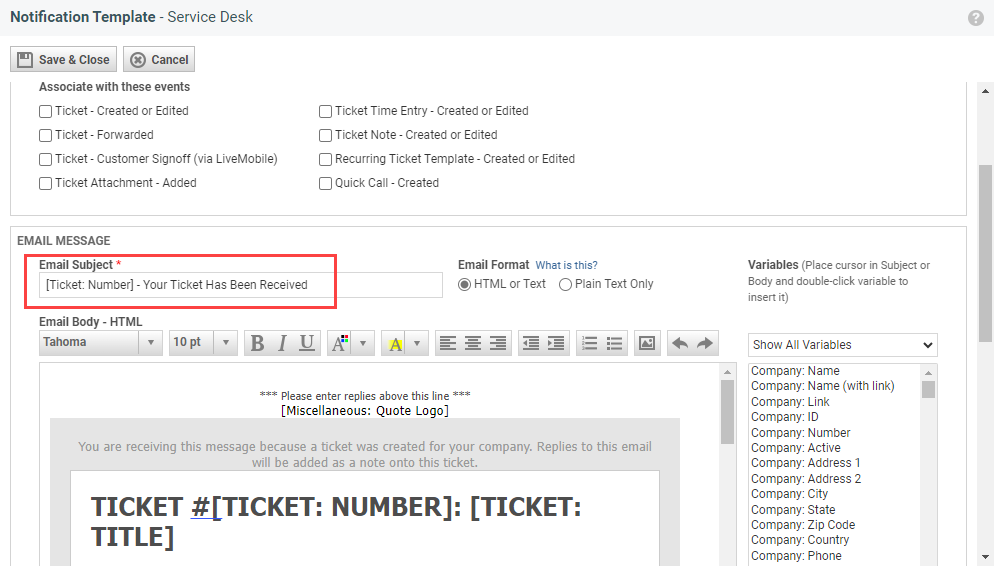Displaying emails in conversation order
The issue
When you create an email message or reply to one, the message header contains information that lets your email application know if the email is part of an email thread. In your email application, this allows you to view emails in conversation order, instead of just by date and time.
This information is contained in the Message-ID, References, and In-Reply-To fields of the message header.
EXAMPLE The message on the left is a reply to the message on the right.
When Autotask was creating tickets or notes from incoming emails, this information was stripped out. And when Autotask was generating outgoing emails (notification emails), no Message-ID was generated. This meant that in your email application, no email thread could be established, and Autotask emails could not be viewed in conversation view.
What we did
This update does two things:
- For incoming emails, it captures the Message-ID with the ticket that is being created, and uses it as the In-Reply-To identifier in all subsequent email notifications.
- If a ticket is created in Autotask or by an alert and no Message-ID is supplied, Autotask will generate one to be used as the parent Message-ID.
As a result, Autotask notification emails now generate headers with the fields required to manage conversation threads in email applications.
IMPORTANT Outlook and other email applications base the conversation view on the Subject of the message. As long as you reply to or forward an email without changing the Subject line, the message will be part of the conversation. Refer to Updating notification templates to take advantage of the conversation view.
Updating notification templates to take advantage of the conversation view
Your existing notification templates were created with the objective of adding subsequent emails as notes or time entries under an existing ticket instead of creating a new one. In Autotask, this was done by adding the [Ticket Number] variable to the Email Subject field, often combined with a text string like "Your ticket has been received."
This ensured that notes and time entries were added to the existing task or ticket, creating a "conversation view" in Autotask. Refer to Loops and dupes. However, changing the Subject line to [Ticket Number] - Note added or similar means that Outlook sees that as a different conversation.
To get a conversation view in your email program and avoid creating dupes in Autotask, do the following:
- Navigate to Left Navigation Menu > Admin > Admin Categories > Automation > Email Notifications & Surveys > Notification Templates.
- Click the Service Desk tab.
- Edit each active notification template for all events and add the [Ticket: Number] - [Ticket: Title] variables into the Email Subject field. Do not add any other text in the Email Subject field.

The ticket number will ensure that the time entry will be added to the existing ticket, and the constant [Ticket: Number] - [Ticket: Title] subject line will do the same in your email application.



